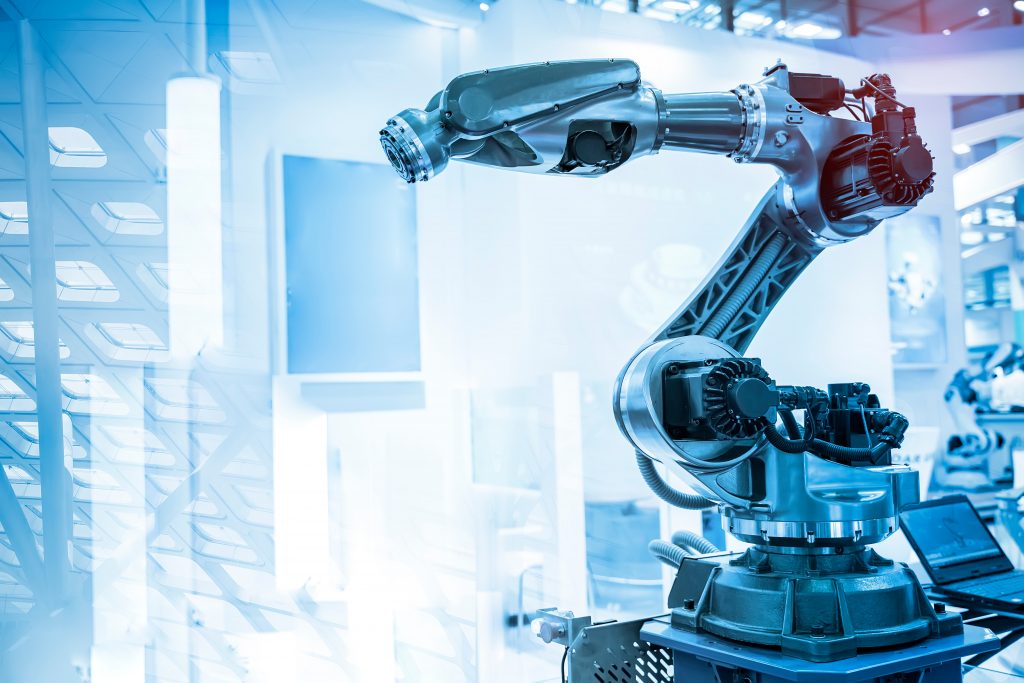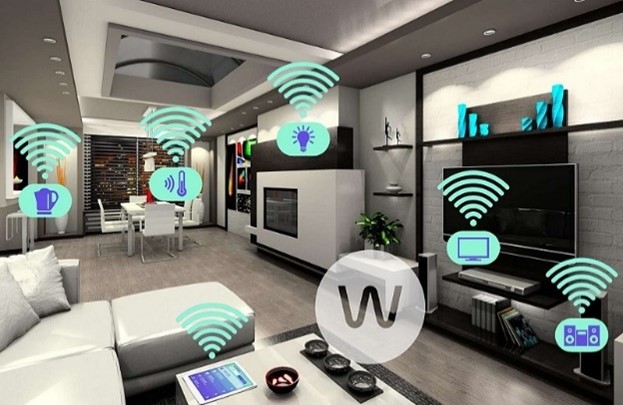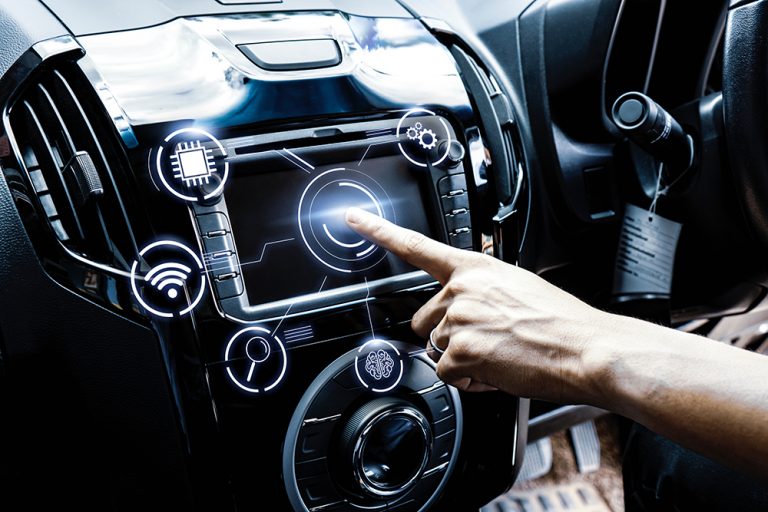A quartz crystal oscillator is the ‘heartbeat’ for an entire microprocessor unit (MCU). It provides the clock frequency signal that is necessary for the MCU to execute instructions.
A module that contains a quartz crystal and an oscillation circuit requires a power supply for temperature and frequency adjustment output. Because the module contains active electronic components, it is considered an active crystal oscillator.
It is important to note that a quartz crystal oscillator does not require the internal oscillator of the digital signal processor (DSP.) It has good signal quality and stability, and does not require a complicated configuration, so it is relatively simple to connect. It uses a PI filter network comprised of a capacitor and an inductor as well as a small-value resistor at the output to filter the signal.
The quartz crystal oscillator has a fixed signal level, so an appropriate output level needs to be selected. For applications with sensitive timing requirements, a more accurate crystal oscillator or a temperature-compensated crystal oscillator (TCXO) can be selected.
When a quartz crystal oscillator and an MCU are combined into a CPU core computing architecture, it can be used in integrated large-scale communication systems and networks. These collective networks connect various devices and helps them to communicate with the cloud and other devices. These technologies are used in different industries, including industrial, automotive, IOT and more.
Since the 1980s, the innovations of the Industrial Revolution have improved production and efficiency and completely changed the way goods are produced.
Today, we are embarking on the integration of automation and data exchange in manufacturing as well as the collaboration between humans and machines to create sustainable products and services. This is what is known as Industry 4.0 and Industry 5.0.
The core concept of Industry 4.0 is interconnection. This is accomplished through connecting demand and supply while building a bridge between society and the manufacturing industry. It also promotes the transformation of the manufacturing industry with faster network speeds, stronger computing power and technological innovation at all levels. The Industrial Internet of Things (IIoT) is the real bridge in Industry 4.0, connecting production functions. The successful connection and use of these functions will redefine the traditional relationship between producers, suppliers and consumers, as well as create an ecosystem in the production system.
As a complement to Industry 4.0 is Industry 5.0, which brings together technicians and collaborative robots that can effectively enhance the workforce and increase the value brought by each industry. These devices are equipped with sensors, actuaries and artificial intelligence power controllers, that enable them to work with humans in a safe, non-invasive way. Collaborative robots are versatile easy to program and safe to use.


IoT is the collective network that connects technology and the various devices that help us communicate with the cloud and between machines. Thanks to the emergence of cheap computer chips and high-bandwidth telecommunications, billions of devices are now connected to the Internet. IoT has filled the world with endless possibilities.
Televisions, surveillance cameras, sports equipment and other home appliances have computing power that allows them to connect to WiFi. They collect data from their surrounding environment through user input or usage patterns and exchange it over the Internet and IoT applications.
The focus of these devices is to improve the performance and security of a home, as well as improve the network connection in a home. For example, smart sockets can monitor power usage, and smart air conditioners can better regulate temperature. Hydroponic systems can use IoT sensors to manage gardens, while IoT smoke detectors can detect smoke. Home security systems such as door locks, security cameras, and water leak detectors can detect and prevent threats by alerting the homeowner.


As the concept of the Internet of Things (IoT) began to be applied to the automotive industry, the Internet of Vehicles (IoV) was born. These large-scale integrated communication systems and networks for automobiles provide new information services while improving transportation efficiency and safety.
Automotive electronics systems include:

For over 30 years, Aker has been a world-class manufacturer of oscillator products for the global electronics market. We offer customers a full range of oscillators, including SPXOs, TCXOs, VCXOs, automotive grade SPXOs and differential OSCs in various sizes from 7.0 x 5.0 mm to 2.0 x 1.6 mm.
The following Aker oscillator series meet the accuracy requirements for all different applications.
| Outline | Model | Dimension (mm) |
|---|---|---|
XO • HC MOS | S7~S1 | 7.0×5.0, 5.0×3.2, 3.2×2.5, 2.5×2.0, 2.0×1.6 |
| XO • LVPECL | S7A~S2A LVPECL | 7.0×5.0, 5.0×3.2, 3.2×2.5, 2.5×2.0 |
| XO • LVDS | S7A~S2A LVDS | 7.0×5.0, 5.0×3.2, 3.2×2.5, 2.5×2.0 |
| XO • HCSL | S7A~S2A HCSL | 7.0×5.0, 5.0×3.2, 3.2×2.5, 2.5×2.0 |
| XO • 32.768KHz | S7~S1 32.768KHz | 7.0×5.0, 5.0×3.2, 3.2×2.5, 2.5×2.0, 2.0×1.6 |
| XO • Programmable | S7P~S3P | 7.0×5.0, 5.0×3.2, 3.2×2.5 |
| XO • Low EMI | S7~S5 Low EMI | 7.0×5.0, 5.0×3.2, 3.2×2.5 |
| TCXO | TX32~TX21 | 3.2×2.5, 2.5×2.0, 2.0×1.6 |
| TCXO | TXH32~TXH22 CMOS | 3.2×2.5, 2.5×2.0 |
| VCTCXO | TV32~TV21 | 3.2×2.5, 2.5×2.0, 2.0×1.6 |
| VCXO | V7~V3 | 7.0×5.0, 5.0×3.2, 3.2×2.5 |